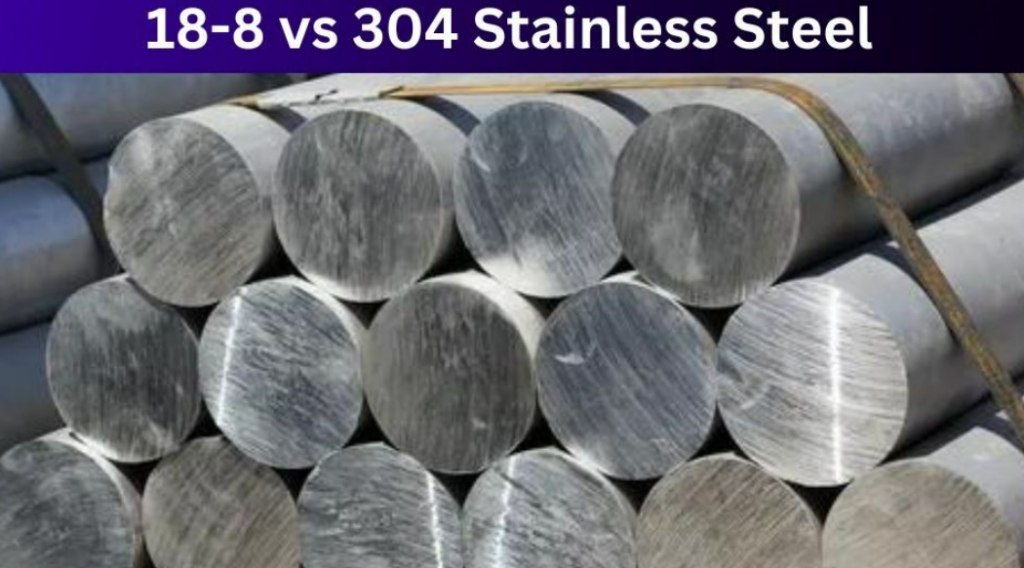18/10 stainless steel and 304 stainless steel are two of the most commonly used grades of stainless steel. They share many similarities but also have some distinct differences. In this article, we will explore the advantages and disadvantages of both grades, helping you understand their individual characteristics and applications.

Advantages and Applications of 18/10 Stainless Steel and 304 Stainless Steel:
Here we introduce the advantages and disadvantages of 18/10 stainless steel and 304 stainless steel in different application scenarios.
18/10 stainless steel:
18/10 stainless steel is a common stainless steel alloy, and its naming method indicates that its chromium (Cr) content is 18% and nickel (Ni) content is 10%. It has the following advantages:
- Good corrosion resistance: 18/10 stainless steel exhibits good corrosion resistance in general environments and is resistant to common chemical substances such as acids, alkalis, and salts.
- Good strength and wear resistance: 18/10 stainless steel has good strength and wear resistance, making it suitable for daily wear and impact in high-frequency use scenarios such as the kitchen.
- Good appearance and decorative properties: 18/10 stainless steel has a bright surface and modern appearance, which can enhance the decorative effect of home or commercial environments.
- Food safety: Due to the high nickel content in 18/10 stainless steel, it has good food safety and is suitable for food processing and food contact scenarios.
304 stainless steel:
304 stainless steel is a common stainless steel material with the following advantages:
- Excellent corrosion resistance: 304 stainless steel has good corrosion resistance in general atmospheric environments, fresh-water, and steam. It can resist oxidation, acidic substances, and certain corrosive media.
- Good processing performance: 304 stainless steel is easy to process and shape, suitable for cold processing, welding, bending, and other process operations.
- High-temperature performance: 304 stainless steel has good high-temperature stability, capable of maintaining structural stability and mechanical properties within a certain temperature range.
- Wide range of applications: 304 stainless steel is widely used in construction, decoration, manufacturing, chemical, medical equipment, and other fields, and is suitable for various common industrial and household environments.
Disadvantages of 18/10 Stainless Steel and 304 Stainless Steel:
However, 18/10 stainless steel and 304 stainless steel also have some disadvantages:
- The corrosion resistance of 18/10 stainless steel may be slightly lower than that of 304 stainless steel, and its resistance to certain special corrosive media is relatively weak.
- In some high-temperature environments, 304 stainless steel may undergo oxidation and discoloration, affecting its appearance.
Conclusion
In summary, 18/10 stainless steel and 304 stainless steel have their own advantages and disadvantages in different application scenarios. Selecting the appropriate material should be based on specific usage environments, corrosion resistance requirements, decorative effects, and budget considerations.
Thank you for reading our article, and we hope it can help you have a better understanding of the advantages and disadvantages of 18/10 stainless steel and 304 stainless steel. If you want to learn more about stainless steel, we would advise you to visit Sino Stainless Steel for more information.
As a leading supplier of stainless steel products across the world, Sino Stainless Steel provides customers with high-quality stainless steel strips, stainless steel coils, stainless steel plates, stainless steel sheets, stainless steel bars, and stainless steel tubes at a very competitive price.
 :+86-13012867759
:+86-13012867759  :export86@sino-stainless-steel.com
:export86@sino-stainless-steel.com